

You can apply any dye to wool, sheep, the collar of tame wolves, firework stars, leather armor, glass, and clay in Minecraft. When you want to dye an item, you can choose any color you like for the dye part of the recipe. Keep reading to find out how to dye all these different items.
Wool can be dyed in two ways. The first is to place any dye and a wool block on the crafting grid, yielding a block of dyed wool.
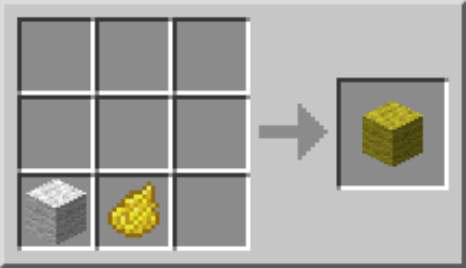
Second, sheep can be directly dyed by holding the dye and right-clicking on the sheep. This action permanently dyes the sheep, allowing it to be sheared multiple times and always yielding the same color.
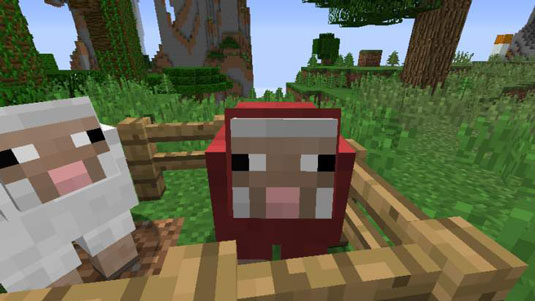
Also, when two sheep mate, the offspring roughly follows the laws of genetics, allowing for the baby to be the color of one parent or a secondary color created by blending the parents’ color (for you parents, effectively teaching your children biology!). Many players enjoy watching this interaction on their sheep farms.
In addition to the decorative uses of dyed wool, many players color-code their mines and redstone circuits using dyed wool.
Sheep naturally come in white, gray, light gray, black, brown, and (rarely) pink. Regardless of the sheep’s color, when a new dye in placed on the sheep or wool, it immediately takes that color. Therefore, sheep don’t need to be dyed bonemeal white before being dyed to a new color, nor does dyeing a white sheep to become rose red yield a pink sheep.
A carpet is a decorative block but is helpful when building and farming. It can be used for a more effective table than pressure plates, and because the Pocket Edition (PE) has no pressure plates yet, Pocket Edition users use brown carpet.
Mobs such as zombies don’t count carpets as a block they can walk on. So a carpet is a great way to prevent mobs from entering a home or other structure if you don’t have a door.
Simply dig a hole 3 blocks down where the entrance to your structure is, placing a sign on the first block from the top in the hole and then place carpet on top of the sign. To you it looks and acts like a normal entrance, but to a mob, they won’t enter!
For farming, you can put wool on fence posts, which is helpful to get in and out of your farm easily: Jump onto the carpet, and then walk on top of the fence. Cows and sheep and other animals don’t think they can jump on the carpet, so they stay in their pens.
Towering, or the process of reaching new altitudes in Minecraft, is simple with carpets: You can put a carpet on top of a carpet and when you come down from a higher altitude, simply break the carpet that’s on the ground. All the rest of the carpets then break and fall down. Interestingly, carpet has no texture, because it uses the wool texture.
To craft a carpet, place 2 pieces of wool in a horizontal row, yielding three carpets. To dye the carpet, you must first dye the wool that the carpet is made from.
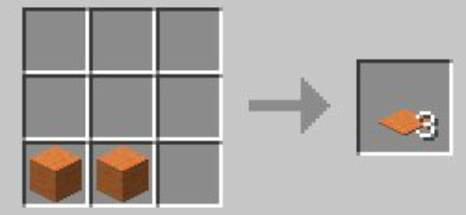
Tamed wolves (often called dogs) have red collars. You can change the color by right-clicking on the tamed wolf while holding the dye. You can then organize groups of tamed wolves or separate your pack from another player’s pack in a multiplayer game.
Glass can be stained any of the 16 dye colors and is commonly used as a decorative block. Glass panes cannot be dyed after they’re crafted, and you can’t change the color of glass after you dye it.
To create stained glass, you dye the glass blocks, turn those blocks into panes, and the panes retain the color of the glass blocks. Players can then create stained-glass window pane designs by stacking the newly created panes in the desired pattern.
Stained glass functions like glass, with one exception: You cannot place a torch on top of stained glass. To craft, place dye in the center square with 8 surrounding blocks of glass, yielding 8 dyed glass blocks.
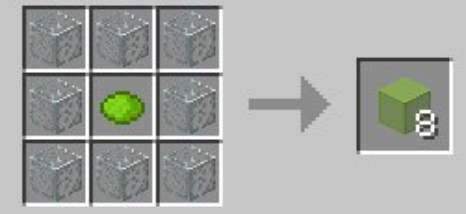
Like glass blocks, clay can be dyed only once. Clay is less vibrant in color, but is a stronger building block than wool because of its fire and blast resistance. Clay blocks are smelted to become hardened before they can be dyed, so a more accurate term is stained hardened clay.
To craft stained clay, place the dye in the center square surrounded by 8 hardened clay, yielding 8 stained hardened clay blocks.

Leather itself cannot be dyed, but you can dye leather armor. To do so, place a piece of armor (boots and helmet, for example) into the crafting grid with a dye.
If you change your mind about your armor color, you can re-dye it, but the resulting color blends the current color with the new color. Leather armor can therefore be a combination of shades, depending on how many times it has been dyed (over 12 million combinations).
As in real life, the armor color can never become darker without using a darker dye color. To return leather armor to its natural color, you need to place it in a cauldron.

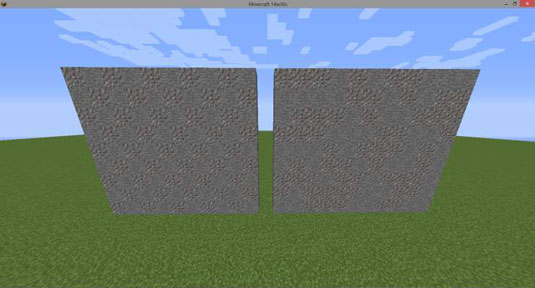

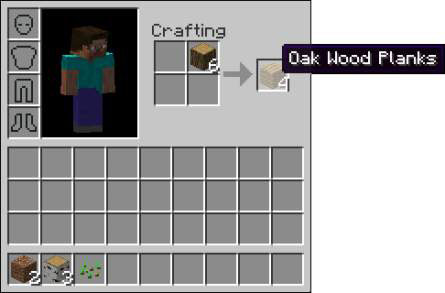
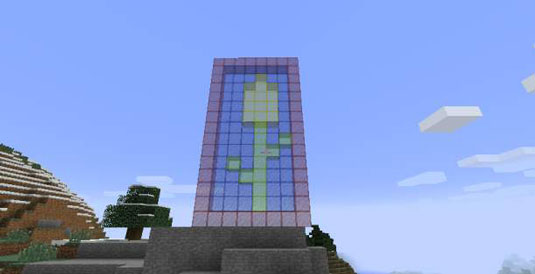
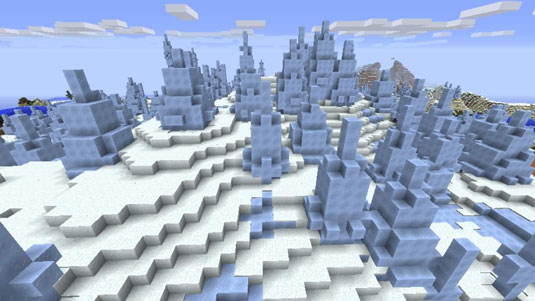 The 6 Snowy Biomes in Minecraft - For Dummies
The 6 Snowy Biomes in Minecraft - For Dummies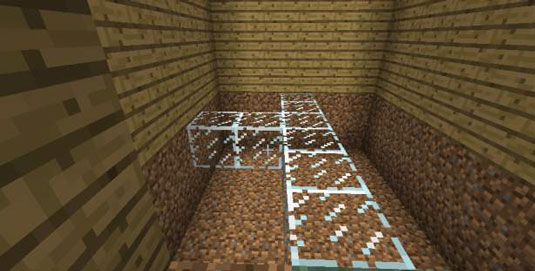 How to Use Glass as Flooring in Your Minecraft Build - For Dummies
How to Use Glass as Flooring in Your Minecraft Build - For Dummies Ender Chests and Eye of Ender in Minecraft - For Dummies
Ender Chests and Eye of Ender in Minecraft - For Dummies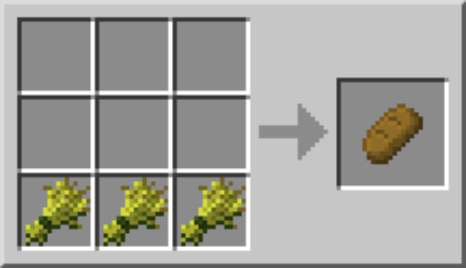 How to Make Bread, Cake, and Cookies in Minecraft - For Dummies
How to Make Bread, Cake, and Cookies in Minecraft - For Dummies How to Make a Projectile Library for Minecraft Modding - For Dummies
How to Make a Projectile Library for Minecraft Modding - For Dummies